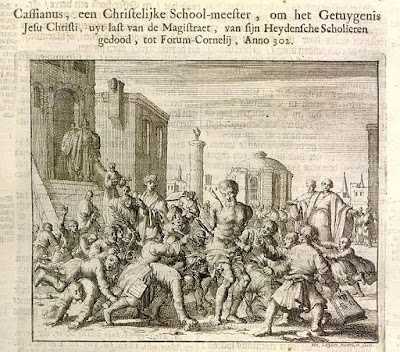St. Raymond Nonnatus

Born in the very beginning of the thirteenth century . Your name leaves gaping to anyone who hears or reads it first . Nonnatus - Nonnatus however brief , suggests a saint only potential , as if the word were an advertising slogan that was inviting to anyone who reads or hears it decided to start a program that would end the sanctity of the predetermined script . In fact , it means the unborn. " pretend that the strange name , was not born yet the saint who complete the full application of their qualities and virtues, is like expecting the Church to have one it decides when to reproduce ? That would , of course , to confuse holiness as something that springs from the will and human decision when she is actually the result of the action of the Holy Spirit who freely cooperates . It would simply Pelagianism. The term , which has already become -name Raymond comes to the fact that it was removed from the womb through surgery , when her mother died . Why was not born as children are b...



















